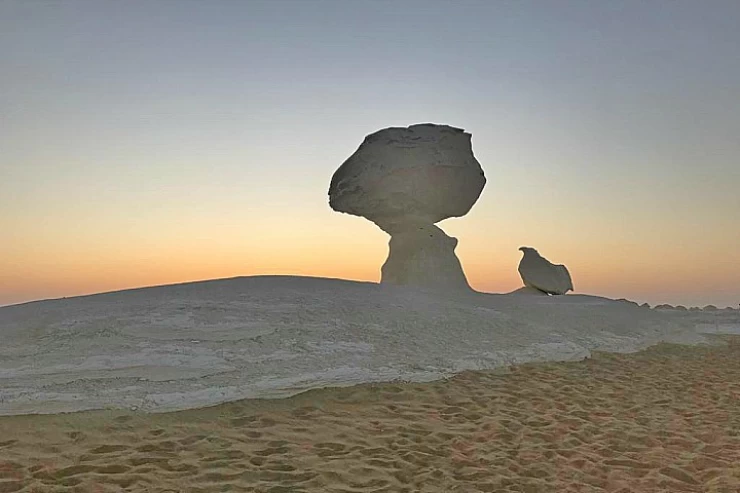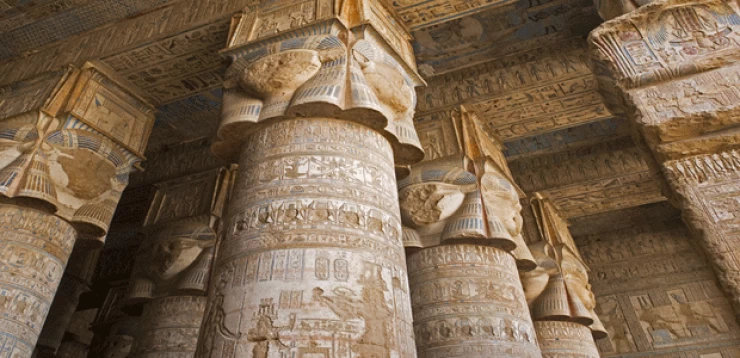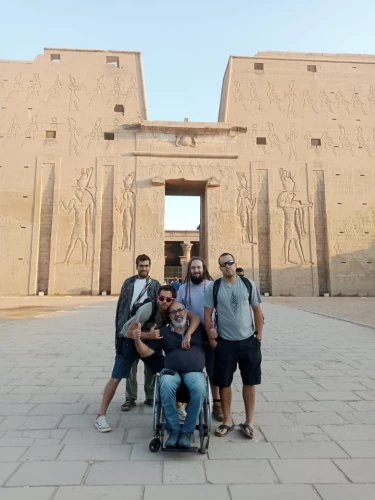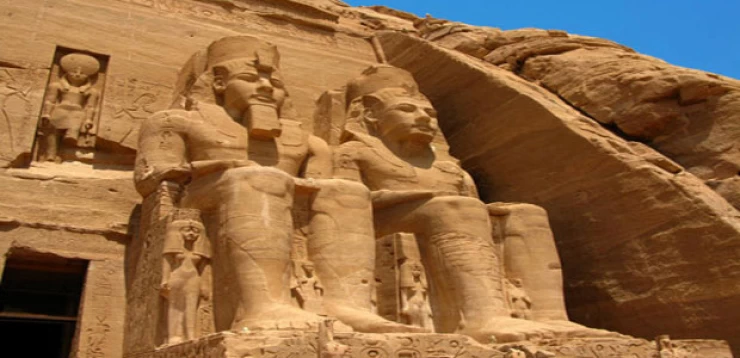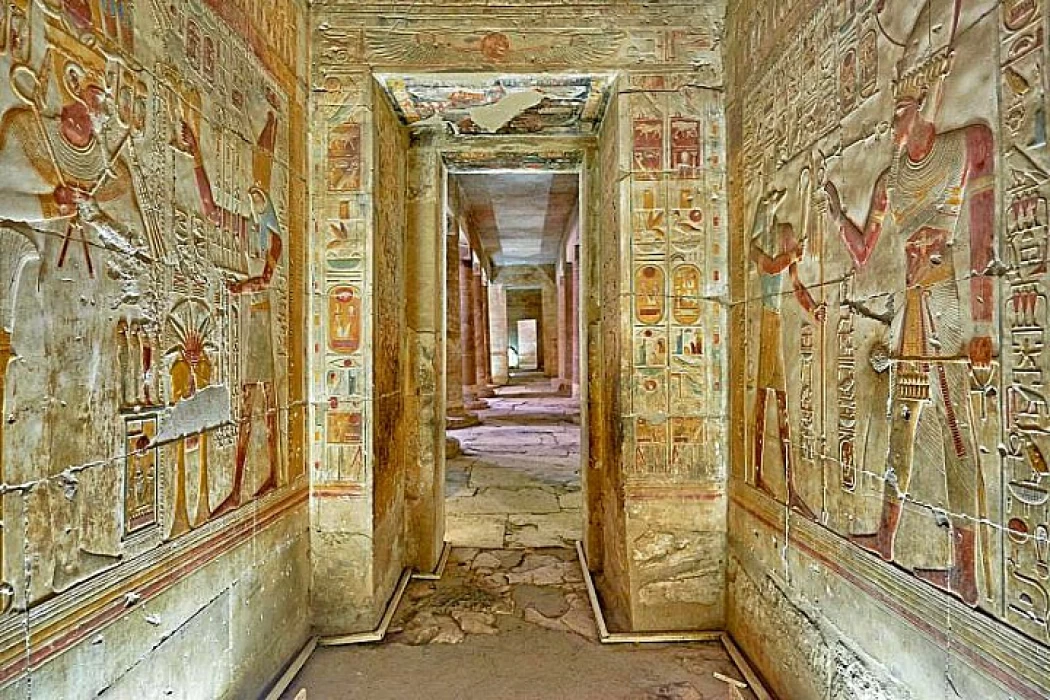
Abydos Temple
Abydos Temple of Osiris
Its antiquity has long made the city of Abydos a place awash with different eras' ancient tombs of various pharaohs, and this name is derived from the hieroglyph, which has now become Egdo of the buried Araba. Next to this ancient-named city has accrued great sacred status about the ancient pharaohs from the very first old kingdom dynasties.
It is a city situated near the Nile in Upper Egypt, particularly in the Sohag governorate. In ancient times, it was a city whose capital was Thani, and the importance of this city lies in the fact that excavations have shown the presence of burials dating to the first two dynasties, but this was doubted when tombs of the kings of the Second and Third Dynasties were discovered in Saqqara, but strangely enough, Abydos has tombs with the names of the same kings of these dynasties.
Historical Significance
Worship in Abydos was very important, as it began with the god Khenti-Amentio, who was a guardian god of the tombs of Abydos in the first and second dynasties, and the gods continued to change gradually until the most important and greatest god came to the ancient Egyptians at this moment.
Abydos was believed to be the burial of the god Osiris, who is the author of the story known as Isis and Osiris. He was killed and revived again, and it is believed that Abydos was carrying the head of Osiris, especially in one of the tombs of the kings of the first dynasty, a king called Dagir.
The Temple of Seti I
Abydos is home to the Temple of Seti I, erected in the period of the 19th Dynasty. Its memorials or inscriptions are the most beautiful and include the famous Abydos King List, which documents the names of three-quarters of thirty-two pharaohs starting from the First Dynasty of Egypt all through to the reign of Seti I.
The Osireion
The Osireion is generally regarded as the cenotaph of Seti I. This monument has a vast platform surrounded by pillars and connected externally by a channel of water from the Nile River.
Cultural and Religious Importance
This was not just a royal necropolis in the past but also a shrine for the cult of Osiris. It attracted pilgrims from all regions of Egypt who believed that here, in this town, would be his tomb. Tribute to Osiris is one of the biggest religious events in ancient Egypt, being one of the annual Feasts of Osiris, which is celebrated in Abydos.
Abydos in Christian era
The temple of Abydos in the Christian era was one of the most important places where Christians escaped during the period of Roman persecution. As much evidence and carvings appeared in it on the Christian presence in that place, where more than ten tombs were discovered for workers who were Christians and used in this period as a dwelling for them by the Romans.
Visiting Abydos Today
Today Abydos survives as a symbol of ancient Egyptian civilization, offering on-site visitors to the Temple of Seti I, the Osireion, and other excavated areas, which in turn delineate ancient Egyptian religious and cultural practices. Located in relative seclusion, the sites provide a calming ambiance for the appreciation of the historical importance of the area







